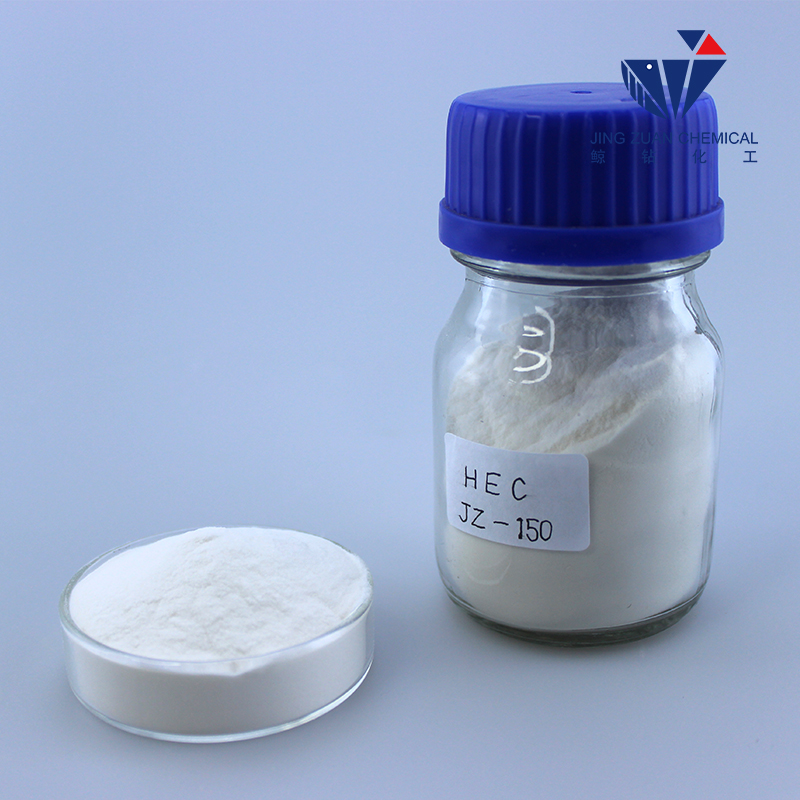
Nov . 08, 2024 03:55 Back to list
HPMC Applications and Benefits for Gypsum-Based Materials in Construction
The Role of HPMC in Gypsum Applications
Hydroxypropyl Methylcellulose (HPMC) is a versatile, non-ionic cellulose ether that has gained significant popularity in various industries, particularly in the construction sector. One of the most noteworthy applications of HPMC is in gypsum-based products, where it plays a crucial role in enhancing their performance characteristics.
Understanding Gypsum and Its Applications
Gypsum is a naturally occurring mineral composed of calcium sulfate dihydrate (CaSO4·2H2O). It has been a fundamental building material for centuries due to its excellent fire-resistance, sound insulation properties, and ease of application. Gypsum products, including plaster, wallboards, and drywall, are widely used for interior construction and finishes.
Despite its advantages, gypsum can have some limitations, such as reduced workability and adhesion when mixed with water-based products. This is where HPMC comes into play, serving as a key additive that transforms the performance of gypsum applications.
Enhancing Workability
One of the primary functions of HPMC in gypsum formulations is to improve workability. When gypsum is mixed with water, it tends to set relatively quickly, which can be a challenge for workers, especially in large-scale applications. HPMC extends the open time of gypsum-based products, allowing workers to spread, shape, and smooth the material before it begins to harden. This extended workability is particularly crucial in complex projects where precision is key.
Improving Adhesion and Bonding
HPMC also plays a vital role in enhancing the adhesion properties of gypsum products. When HPMC is added, it creates a more cohesive bond between the gypsum and various substrates, such as concrete, masonry, or plasterboard. This increased adhesion is essential for the long-term durability of gypsum applications, particularly in areas subject to movement or vibration.
hpmc for gypsum

Furthermore, HPMC helps to maintain the viscosity of the gypsum mixture, preventing excessive flow while ensuring that it remains workable. This balance is crucial in achieving a strong, lasting bond that can withstand the stresses of everyday use.
Managing Water Retention
Another significant benefit of HPMC in gypsum applications is its ability to manage water retention. Gypsum products require a certain amount of water to achieve an optimal set. However, if the water evaporates too quickly, it can lead to cracks and reduced strength. HPMC helps to retain moisture within the mixture, allowing for a more controlled curing process. This results in a denser and stronger final product.
Enhancing Flexibility and Durability
In addition to the improvements in workability, adhesion, and water retention, incorporating HPMC into gypsum formulations can enhance the overall flexibility and durability of the final products. Gypsum-based materials can become brittle, leading to cracking over time. The presence of HPMC adds a degree of flexibility, making the material more resilient to stress and movement.
Moreover, HPMC can promote better resistance to environmental factors such as humidity and temperature fluctuations, ensuring that gypsum products perform reliably in various conditions. This durability makes HPMC-modified gypsum materials ideal for both residential and commercial applications.
Conclusion
In summary, Hydroxypropyl Methylcellulose (HPMC) plays a pivotal role in enhancing the performance of gypsum-based products. By improving workability, adhesion, water retention, and durability, HPMC transforms gypsum from a basic construction material into a high-performing solution suitable for a wide range of applications. As the construction industry continues to seek more effective materials that meet modern standards, the incorporation of HPMC in gypsum formulations will likely remain a topic of interest. The benefits of HPMC not only improve the user experience during application but also contribute to the longevity and effectiveness of gypsum products in various construction endeavors. With ongoing research and development, the potential for HPMC in gypsum applications expands, promising even greater innovations in the future.
-
Versatile Hpmc Uses in Different Industries
NewsJun.19,2025
-
Redispersible Powder's Role in Enhancing Durability of Construction Products
NewsJun.19,2025
-
Hydroxyethyl Cellulose Applications Driving Green Industrial Processes
NewsJun.19,2025
-
Exploring Different Redispersible Polymer Powder
NewsJun.19,2025
-
Choosing the Right Mortar Bonding Agent
NewsJun.19,2025
-
Applications and Significance of China Hpmc in Modern Industries
NewsJun.19,2025







